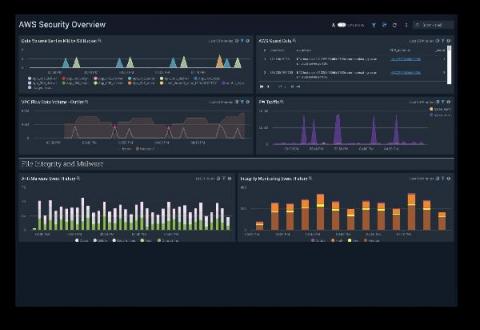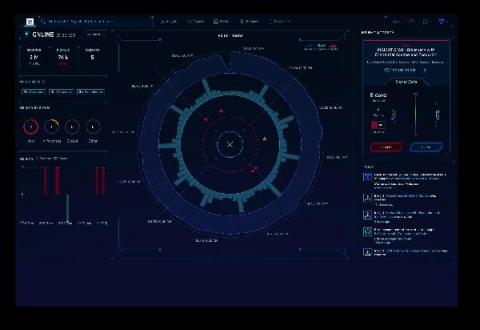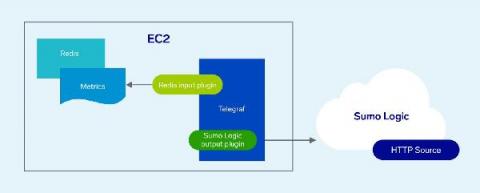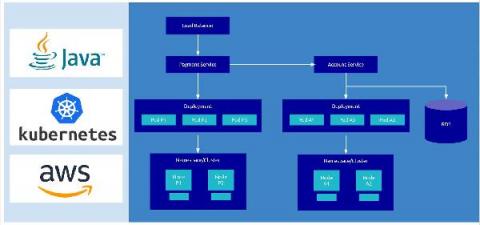How to Monitor Application Logs
In the beginning, there was the Log – or to be a bit more precise, there were application logs. At least that's how it was in the early days of application development, when raw log data itself was more often than not the point where troubleshooting began. Now, of course, the starting point for troubleshooting with cloud-based applications is much more likely to be an automatically-generated alert, or an indication on a monitoring dashboard that something isn't quite right.






